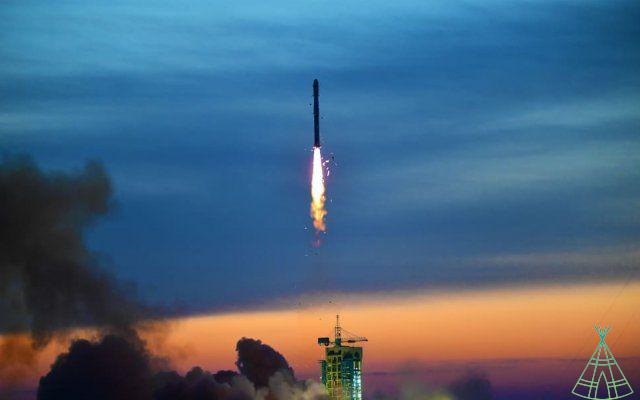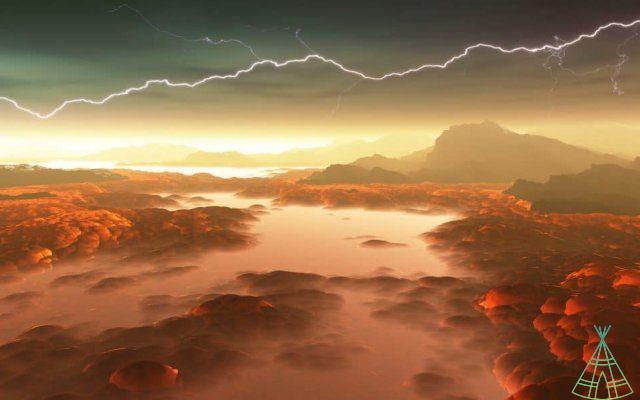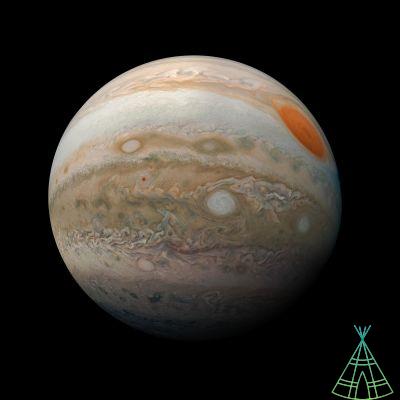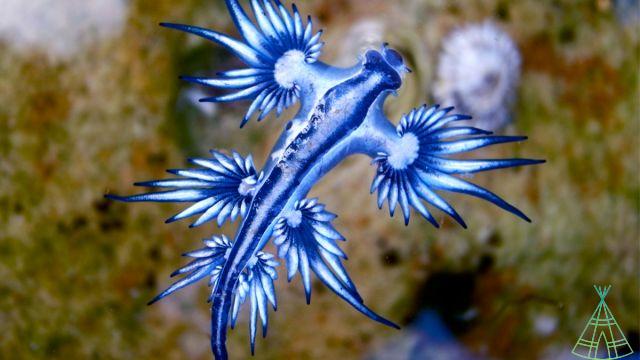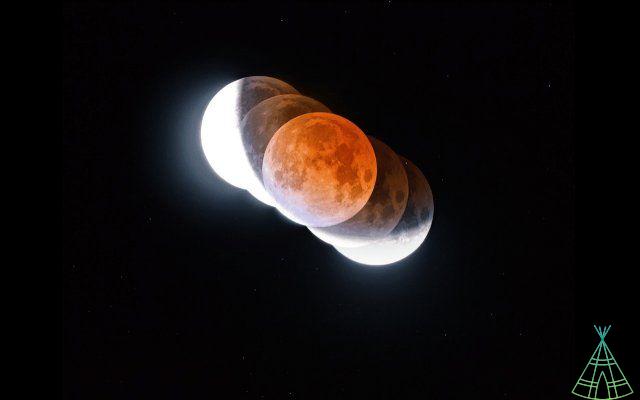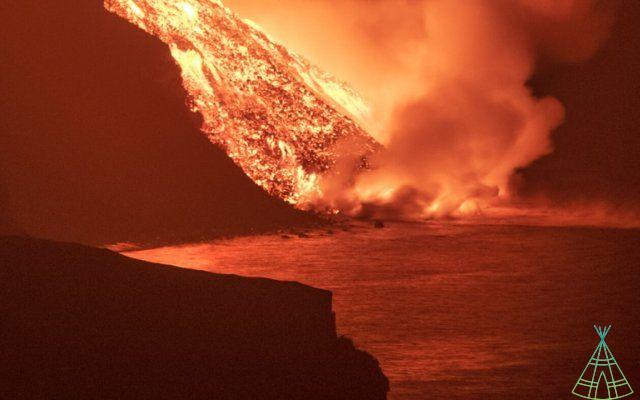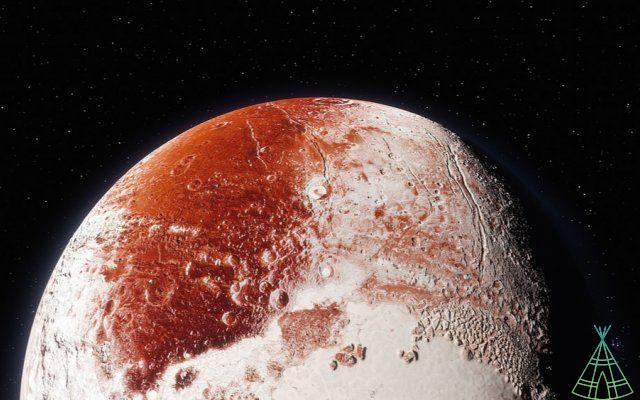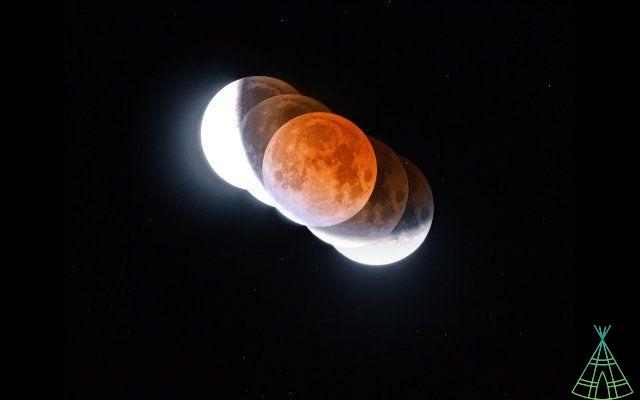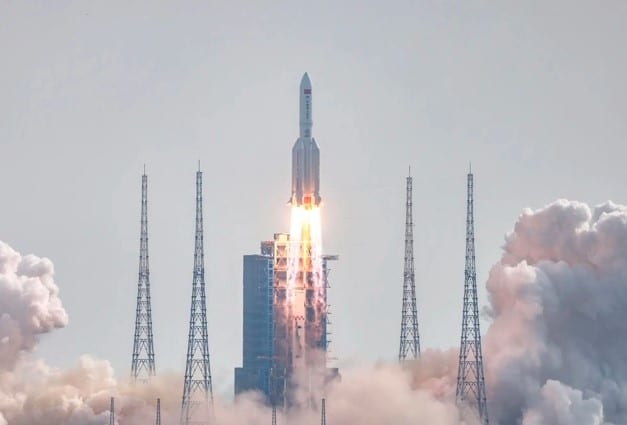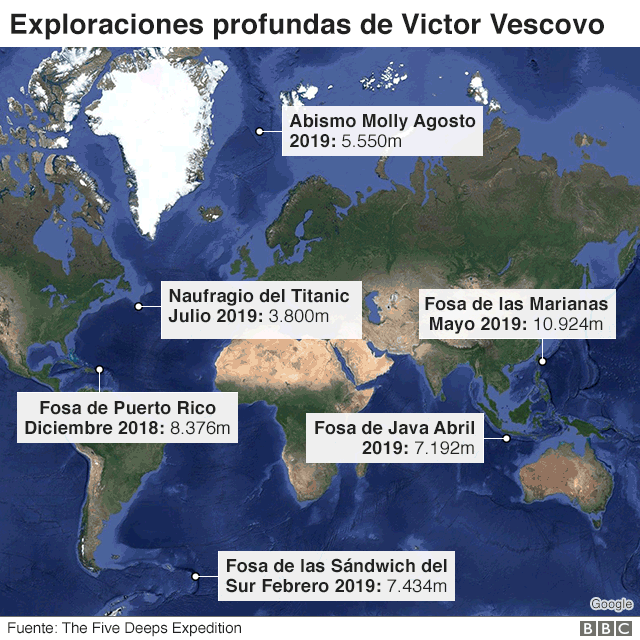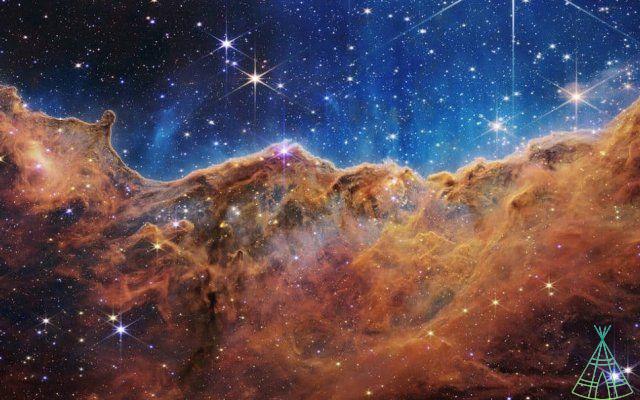Every day, since 1995, NASA publishes the call APOD (acronym in English for “Astronomical Image of the Day”). The project, in partnership with the Technological University of Michigan, in the USA, consists of a website on which a different picture of the universe is published every day, taken from a short description made by a professional astronomer.
According to the agency, the image was not necessarily taken on the same day of its publication, and sometimes previously shown photos are presented again.
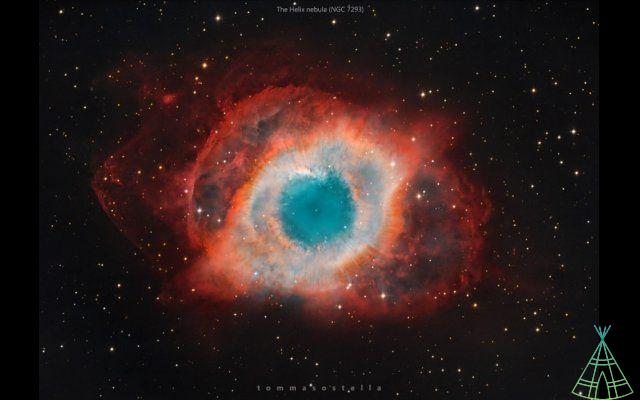
This Wednesday (7), for example, the chosen APOD shows the Helix Nebula (NGC 7293), located 700 light-years away from Earth, in the constellation of Aquarius.
According to the explanation provided by Italian astronomer Tommaso Massimo Stella, the nebula is formed by the ejection of gases in the last few thousand years of a star's life.
"By combining narrowband imaging data of emission lines from hydrogen atoms in red hues and oxygen in blue-green hues, the photo shows tantalizing details of the Helix, including its bright inner region about three light-years across." , describes Stella. "The white dot in the center is the hot, central star of this Planetary Nebula."
Still according to the astronomer's description, NGC 7293 appeared to be a simple-looking nebula at first glance, but now it is understood to have a surprisingly complex geometry.
To see the astronomical image of the day chosen by NASA, simply access the website https://apod.nasa.gov. Just below the photo, the description appears. Then the next day's picture is announced.
There is a horizontal menu in the sequence, through which it is possible to access the archive images and other information. Here in this link, you learn how to look for the APOD published on your birthday.
Read more:
- Blood Moon: observe a stunning position of images of the last lunar eclipse of the year
- Watch in 4k the Sun squirts jets of plasma into space
- Image of eta that will never be seen from Earth again is awarded
From time to time, we have the pleasant surprise of having a photo by Spanish authorship chosen as the astronomical image of the day by NASA. This happened, for example, on April 7 of this year, when a capture of more than 200 stars 10 light-years from Earth, taken by astrophotographer Gabriel Rodrigues Santos, was published.
Kiko Fairbairn, also from Spain, has already had more than 10 of his photos chosen by the agency. The most recent one was published on May 17 and shows a galactic merger 70 million light years from Earth. “The photo of the galaxy FORNAX A, also known as NGC 1316, was one of the coolest projects I've done over these six years of astrophotography”, declared the photographer on his Instagram profile.
Have watched the new videos on YouTube from Technology Refugee? Subscribe to the channel!









